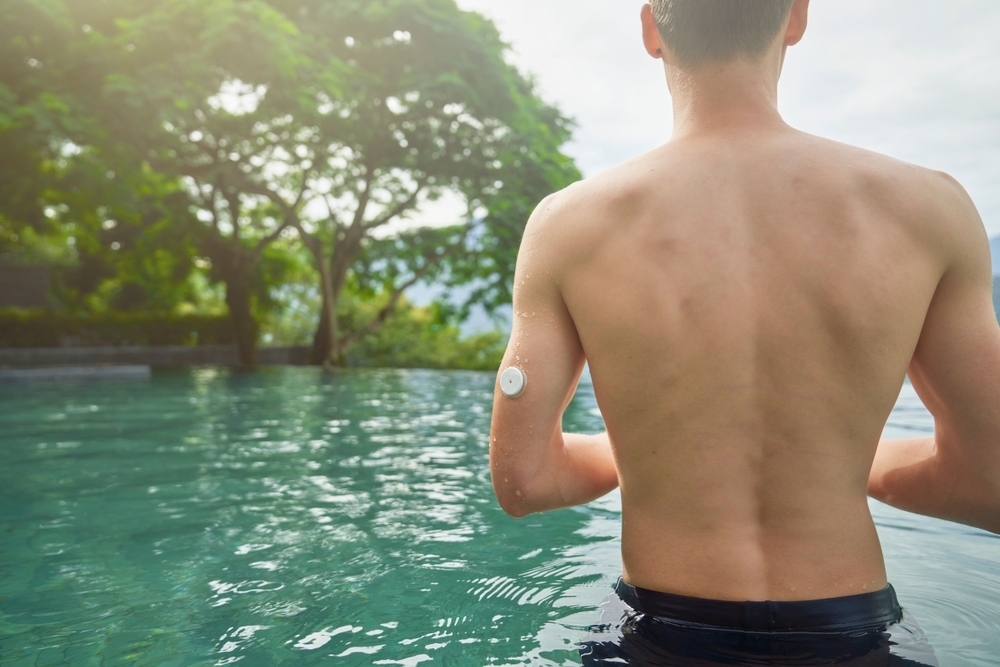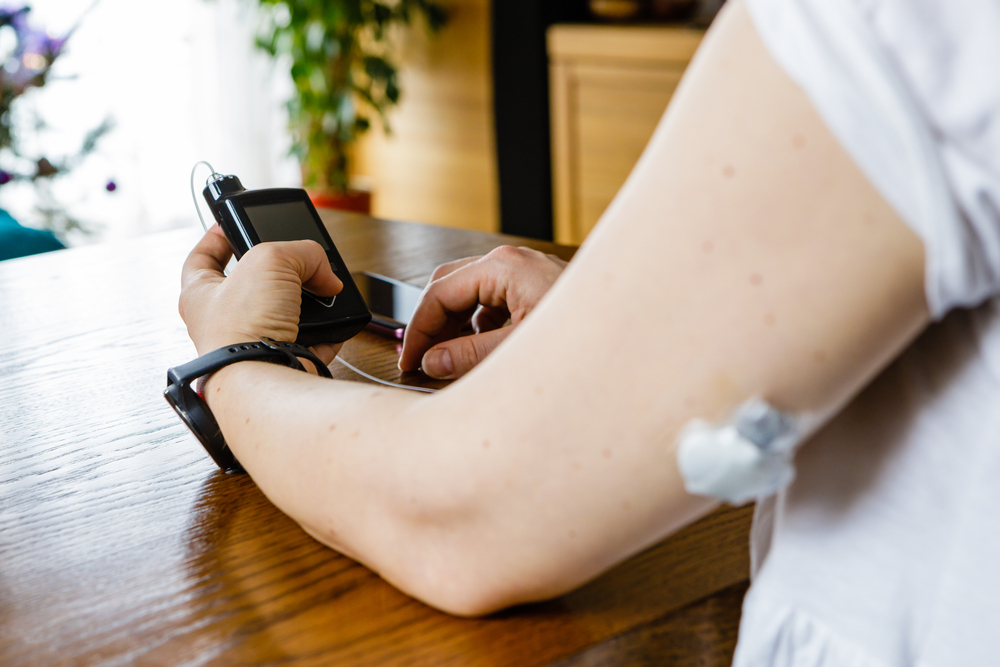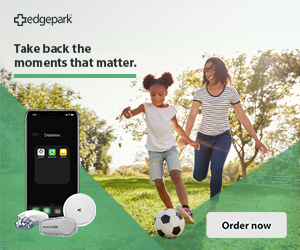How women in medtech are making a difference in T1D device design and engineering
Varied life experiences and an expanding worldview have led to important influences on innovation in the diabetes tech space recently. People living with diabetes, people who care about others living with diabetes, and industry professionals have driven this work forward considerably.
But there's one group that's been exceptionally influential. Women in medtech (medical technology) have succeeded in bringing the female experience of living with diabetes into sharper focus. This has created unique opportunities to help address concerns that are more prevalent for women with diabetes, and the impacts have been far-reaching. Here's what you need to know.
How are women currently represented in medtech?
A 2019 report from Medical Design & Outsourcing found that just 18% of executive roles at the top 100 publicly traded medical device companies are held by women, with only three female CEOs at those companies. And the statistical trends continue to show fewer women in leadership positions and receiving fewer funds for medical research overall.
However, Insulet, the makers of the Omnipod, report a 50/50 split between male and female staff, with a team focus on emphasizing user experience. "It's absolutely valuable to have females in your organization," Dr. Trang Ly, senior vice president and medical director of Insulet, explained to DiabetesMine. "We are geared differently. We think differently than men. It's critical to have both perspectives represented, and minorities as well."
While women and other traditionally underrepresented groups in STEM fields continue to break barriers in a slow and steady rise, there still isn't a representative number of women in the field to take their firsthand experience into account as medical device companies innovate the device-wearing experience.
As a result, the default for medical device design and usage doesn't always take into consideration both the emotional and practical aspects that are involved with wearing these devices, especially as it applies to a woman's build or physiology. A medtech workforce more representative of the wide swath of individuals (men, women, children, seniors, folks with different types of impairments, etc.) wearing devices like insulin pumps and continuous glucose monitors (CGMs) can help to ensure that the experience is safe, comfortable, and effective for everyone.
How does representation help women with diabetes?
According to Healthline, a DiabetesMine Twitter survey asked the question, "How often does your diabetes tech bother you?" and received a flurry of responses from women, outlining the various occasions (and frequency) that cause issues. Although Omnipod users shared the least amount of complaints with using the patch pump, women reported concerns around style, comfort, self-image, and overall contentment.
While both men and women are affected by body image issues, a report published in Frontiers in Psychiatry estimated that up to 40% of women are dissatisfied with their bodies. The study evaluated the general population and focused on body dissatisfaction and appearance over an individual's lifespan but didn't take into account the additional issues that women with type 1 diabetes (t1d) face.
It's clear that wearing clunky, visible medical devices can add to body image issues. Accordingly, there have been more inclusive clothing advertisements involving women wearing medical devices over the past few years, and yet there is still progress to be made.
Tricks for maintaining comfort in the meantime
As further developments are made in diabetes technology with women in mind, you can use some tricks to manage device usage and maintain comfort in the meantime. The greater diabetes community has proven to be resourceful, figuring out the best ways to live with t1d while also being fashion-forward and having fun. Here are a few tips to consider:
- No pockets with your outfit of the day? Try a pair of bike shorts under a dress, a running belt, or a jaunty fanny pack to hold your necessities.
- Wearing a "special occasion" dress that doesn't accommodate a bra to clip your pump to? Try clipping the device (facing inward) on the small of your back.
- Nowhere to stick your clunky PDM, receiver, or cellphone? You can store them in a sturdy garter belt and have room to spare!
- Mini backpacks, stylish purses, and the popularity of athletic wear — all with an abundance of pockets — have also helped to ease the burden of so many diabetes supplies and so little place to put them.
At the end of the day, creative solutions can address the practical inconveniences of devices. You can try to insert your sites and run your tubes in a way that doesn't interfere with the silhouette of your body or outfit. You can even wear those devices proudly without regard to how it may interrupt your look.
But ultimately, the best chance for making long-term improvements to medical-device wearing comes from having dedicated designers and engineers working on behalf of the patient experience for all bodies. Women in medtech have the muscle to move that process forward.
Did you know that diabetes apps can complement the device-wearing experience and make life easier with MDI? Check out some of the most-loved diabetes apps on the Health Insights blog.




